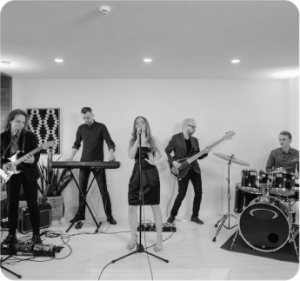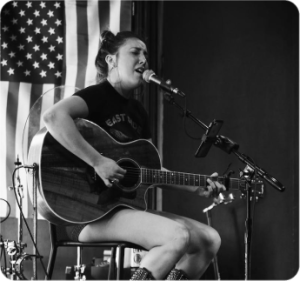In the ever-evolving landscape of the music industry, where trends come and go with the speed of a digital download, one aspect remains an enduring art form: album cover art. It’s a visual symphony that has evolved alongside the music itself, shaping the way we perceive and remember our favorite albums.
Once upon a time, album covers were simple affairs, often featuring little more than the artist’s name and the album title slapped onto a nondescript background. But as music became more than just a sound, transforming into a cultural phenomenon, album covers began to take on a life of their own.
In the 1960s, the psychedelic revolution swept through music, and album covers became canvases for mind-bending artwork. Bands like The Beatles and Pink Floyd enlisted artists like Peter Max and Storm Thorgerson to create iconic covers that were as much a part of the listening experience as the music itself. These covers weren’t just packaging; they were portals into other worlds, inviting listeners to immerse themselves in the artist’s vision.
As the decades rolled on, album cover art continued to evolve, reflecting the changing tastes and technologies of the times. The rise of punk rock in the 1970s brought with it a DIY ethos, and album covers became raw and unpolished, mirroring the gritty sounds of the music within. Bands like The Sex Pistols and The Clash adorned their albums with provocative imagery and bold typography, creating covers that were as confrontational as the music they contained.
The advent of the CD in the 1980s introduced new possibilities for album cover art, with artists experimenting with the format’s larger canvas and slicker printing techniques. Suddenly, album covers could be intricate works of art, with fold-out panels and hidden details waiting to be discovered. Bands like U2 and Nirvana pushed the boundaries of what was possible, creating covers that were as much statements of intent as they were pieces of art.
But perhaps the biggest revolution in album cover art came with the digital age. With the rise of MP3s and streaming services, the physical album became less important, and with it, the album cover. No longer constrained by the need for a tangible object, artists began to experiment with new ways of presenting their music visually. Album covers became digital artworks, designed to be experienced on screens rather than in record stores.
Today, album cover art is as diverse as the music it represents. From minimalist designs to elaborate illustrations, there’s no limit to what artists can create. And with the rise of social media and streaming platforms, album covers have taken on a new importance, serving as the visual face of an artist’s brand in a crowded marketplace.
In a world where music is more accessible than ever before, album cover art remains a powerful tool for artists to express themselves and connect with their audience. It’s a reminder that music is about more than just sound; it’s about the stories we tell and the worlds we create. And as long as there are artists pushing boundaries and challenging conventions, the visual symphony of album cover art will continue to evolve, inspiring and delighting listeners for generations to come.






